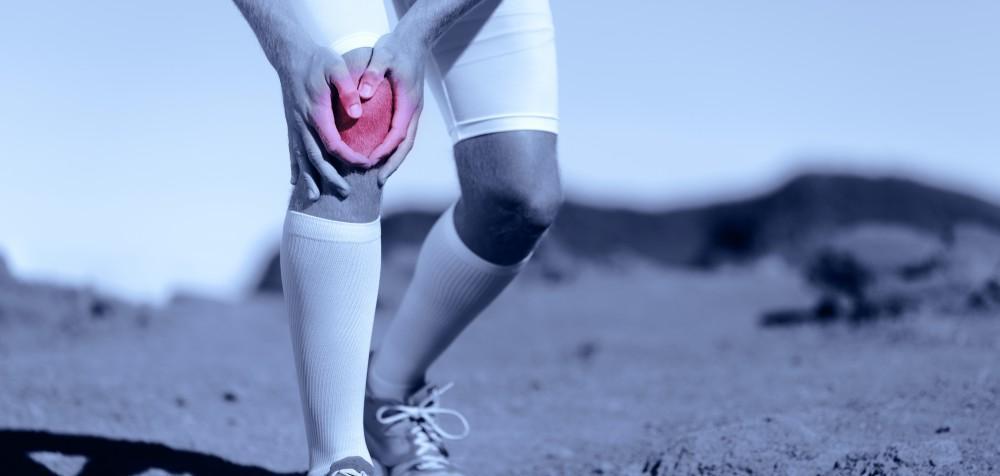5 Tips for a Speedy Knee Replacement Recovery
Each year, more than 600,000 men and women undergo knee replacement surgery in the United States alone. This safe and highly effective procedure offers numerous benefits, ranging from correcting leg deformities to relieving pain and restoring mobility.
Knee replacement surgeries have come a long way since that first procedure in 1968. Dr. Jared Tadje brings cutting-edge approaches to arthritis treatment. Treatments may include nonsurgical approaches, arthroscopic treatments, and joint replacement at his state-of-the-art clinic, Tadje Orthopaedics, in Meridian, Idaho.
If you’re having knee replacement surgery, Dr. Tadje recommends these five tips to help you heal as quickly as possible.
1. Keep your knee straight
It’s tempting to sit back and prop your leg on a pillow after knee surgery, but you should keep the joint completely straight after your procedure.
To support the healing process, keep your leg and foot pointing straight ahead whenever you lie down or sit. You should also avoid sitting in the same position for more than 45-60 minutes at a time and use a firm chair with armrests and a straight back, instead of stools, soft sofas, or low seats.
2. Watch your step
While your joint heals, you need to take extra precautions to protect your knee replacement. This includes sitting for added stability while you dress or shower and taking small steps while on your feet.
In most cases, you can expect to use crutches or a walker four to six weeks after your procedure. When you’re on your feet, wear sturdy shoes with non-slip soles. Make sure to always keep your toes pointed straight ahead when you move and don’t pivot on the leg with your new joint.
3. Use your medical devices
After having knee replacement surgery, you can expect to have supportive devices, like wheelchairs, crutches, walkers, canes, or knee braces to help aid your recovery. And, no matter how strong you feel, you should always follow Dr. Tadje’s guidelines on their use.
Not only do these devices provide greater stability when you’re on your feet, but they also help give your new joint additional support as it heals.
4. Don’t skip your physical therapy
The thought of physical therapy may make you groan, but these specialized exercises are essential to the recovery process. At the same time, you should only engage in activities approved by Dr. Tadje. These vary from person to person but might include:
-
Walking
-
Leg presses with a resistance band
-
Extending and bending your knee while seated
-
Swimming
Remember, don’t engage in activities without prior approval or you could reinjure your knee and extend your recovery time.
5. Eat a healthy diet
It’s completely normal to have a loss of appetite for the first few days after your surgery. However, you’ll want to start eating healthy and nutritious food as quickly as possible after your procedure, especially those high in iron. Iron is an important mineral that helps carry oxygen throughout your body, which helps support the healing process.
Foods high in iron include:
-
Fish and shellfish
-
Red meat, liver, and turkey, especially the dark meat
-
Legumes, like chickpeas, beans, and lentils
-
Tofu
-
Spinach and broccoli
-
Pumpkin seeds
-
Quinoa
Depending on your overall health and diet, Dr. Tadje might also recommend taking an iron supplement.
Recovery Timeline
By following these tips, you can usually return to light activity three to six weeks after your surgery and fully recover within six to 12 months.
For more information on the replacement surgery, contact Tadje Orthopaedics by calling 208-231-7851.

